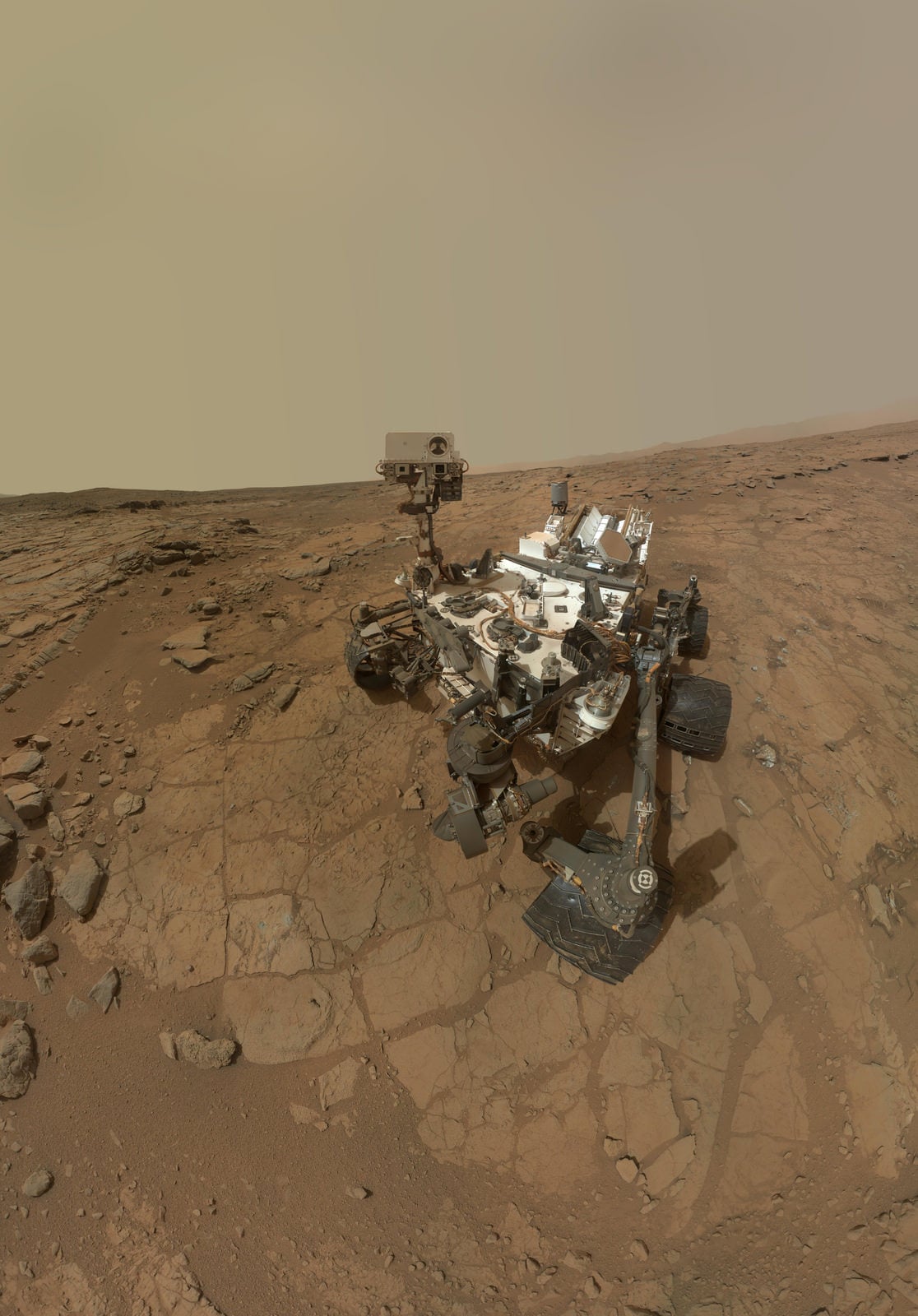A problem with the memory on the Curiosity rover's main computer has caused engineers to switch the rover over to a redundant onboard computer. This caused the rover to go into "safe mode," which was anticipated in the computer switch. And so now over the next few days, the team will be shifting the rover from safe mode to operational status. They are also troubleshooting the condition that affected operations yesterday.
The
@MarsCuriosity
Twitter feed posted: "Don't flip out: I just flipped over to my B-side computer while the team looks into an A-side memory issue."
JPL said the condition is related to a glitch in flash memory linked to the other, now-inactive, computer in response to a memory issue on the computer that had been active.
The intentional swap occurred at about 2:30 a.m. PST on Thursday, Feb. 28.
"We switched computers to get to a standard state from which to begin restoring routine operations," said Richard Cook. .
Like many spacecraft, Curiosity carries a pair of redundant main computers in order to have a backup available if one fails. Each of the computers, A-side and B-side, also has other redundant subsystems linked to just that computer. Curiosity is now operating on its B-side, as it did during part of the flight from Earth to Mars. It operated on its A-side from before the August 2012 landing through Wednesday.
"While we are resuming operations on the B-side, we are also working to determine the best way to restore the A-side as a viable backup," said JPL engineer Magdy Bareh, leader of the mission's anomaly resolution team.
The spacecraft remained in communications at all scheduled communication windows on Wednesday, but it did not send recorded data, only current status information. The status information revealed that the computer had not switched to the usual daily "sleep" mode when planned. Diagnostic work in a testing simulation at JPL indicates the situation involved corrupted memory at an A-side memory location used for addressing memory files.
Scientific investigations by the rover were suspended Wednesday and today. Resumption of science investigations is anticipated within several days. This week, laboratory instruments inside the rover have been analyzing portions of the first sample of rock powder ever collected from the interior of a rock on Mars.
Source:
JPL
 Universe Today
Universe Today
